No Products in the Cart
The story of this little company began over 50-years ago in the home city of the Legendary Beatles. Liverpool was really swinging in the 1960s, overflowing with culture, energy and passion.
The main protagonist of our story is a young gentleman called Steven Hanshaw. Steven (or Uncle Steve as we usually call him, because there is more than one Steven in our family now) was born and bred in the City of Liverpool, England and had been learning the basics about leather from his dad; Crispin Ronald Hanshaw, who was more lovingly known as Pop.
Uncle Steve started his craft by making leather strops (for sharpening Pop’s cut-throat razor) and belts for family and friends. He quickly showed his talent for the craft by spanning into other areas such as bags, purses and even clogs!
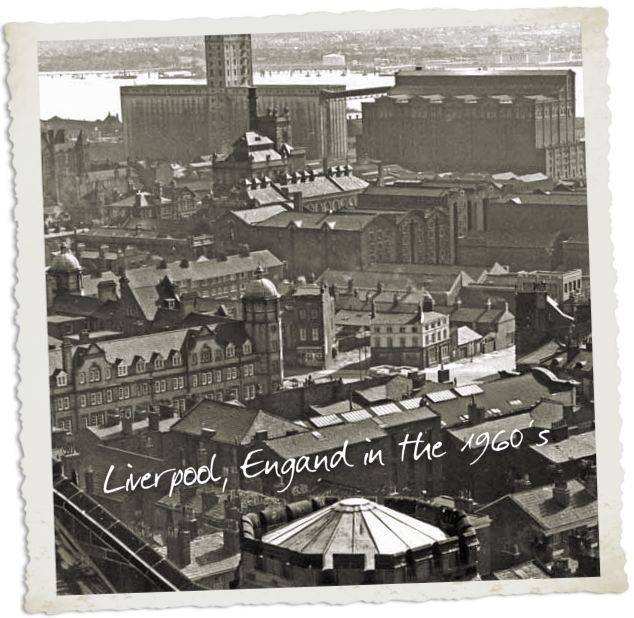
After a short time, the beginnings of a small workshop slowly established itself in the small brick outhouse in the rear of the family home. Within the local district of Old Swan in Liverpool, Uncle Steve was slowly establishing himself as the local go-to-guy if anyone needed something made from leather.
His workshop was small, half of it used to be an out-house, and the other half was previously used for gardening tools, so you can imagine, there wasn’t much room.
When the weather was good (that means not raining as it often does here in North-West England) then Uncle Steve generally found himself working in the yard instead of the workshop as there was more space to work on bigger projects.
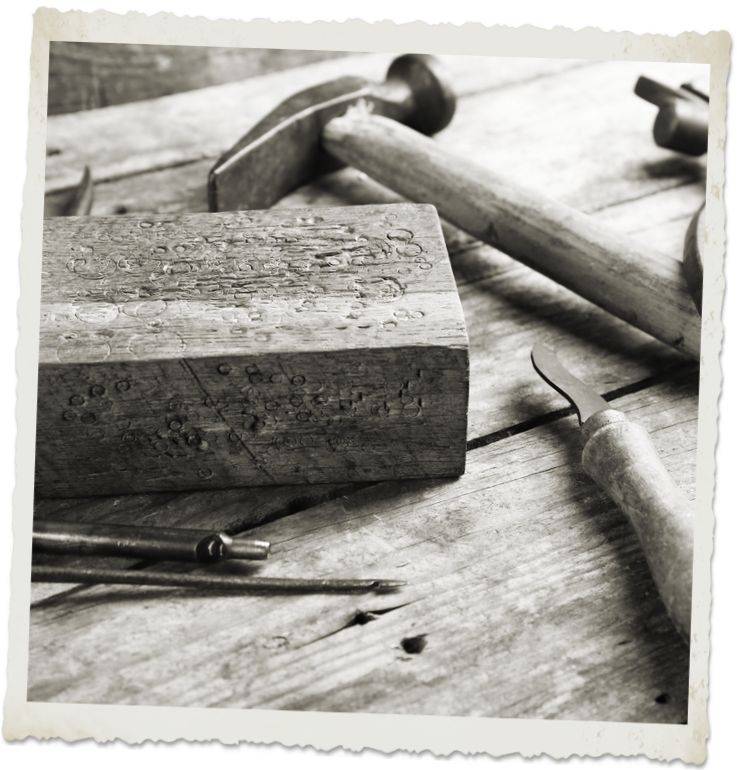
Sometimes his younger Brothers and Sisters would be playing in the yard, so then, he’d move his working area to the street. There are seven siblings in Uncle Steve's generation of the Hanshaw family!
The local Liverpudlian’s would walk past him working and watch what he was crafting. With confidence in his work and never being too shy to talk to passers-by, he would attract more customers as he chatted with them. The results; Steven Hanshaw had found a way to make a basic living, using a skill he enjoyed. This hobby-shop wasn’t yet a business, but it was a beginning.
Quickly Uncle Steve realised that the more people that were able to watch him work, then the more customers he would attract. It wasn’t long before he made his workshop fully portable. He bought himself a hand-driven Singer 29k leather stitching machine that could be used anywhere because it didn’t need power (we still have the Singer 29k to-this-day!) and then he figured out a way to take the remainder of a simple workshop with him.
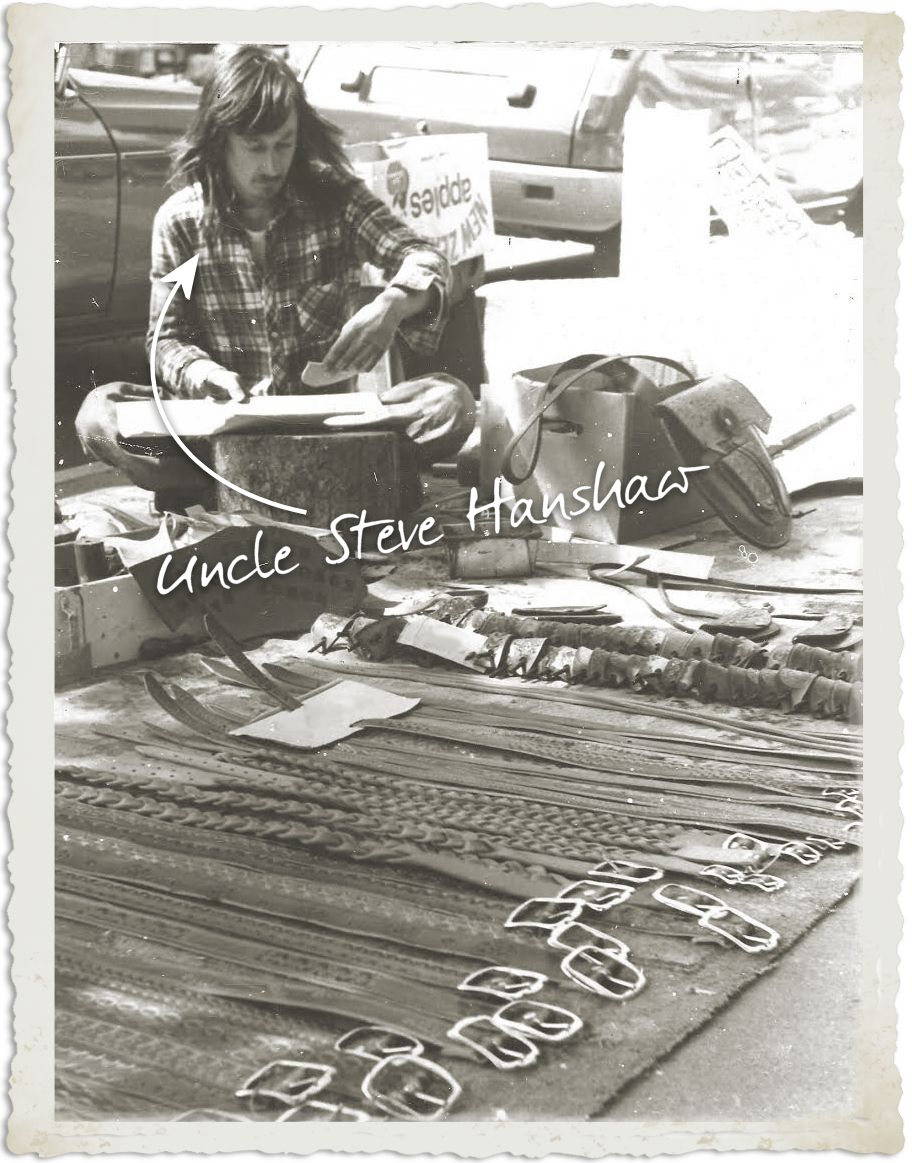
Favourite destinations would be music festivals and sporting events, with Football Matches and National Cycle Races being specific favourites.
Saving every penny, he eventually bought a van, he fitted out the back with basic living accommodation and places for his leather and tools, and he went "On The Road".
He would set-up his stall in Liverpool city centre and go to work. Some people would stop and watch, then some people would buy things, and some other people would ask him to make them bespoke items.
He’d target any place where there was a big event, on the understanding that the more people that saw what he was doing then, the more items he would sell.
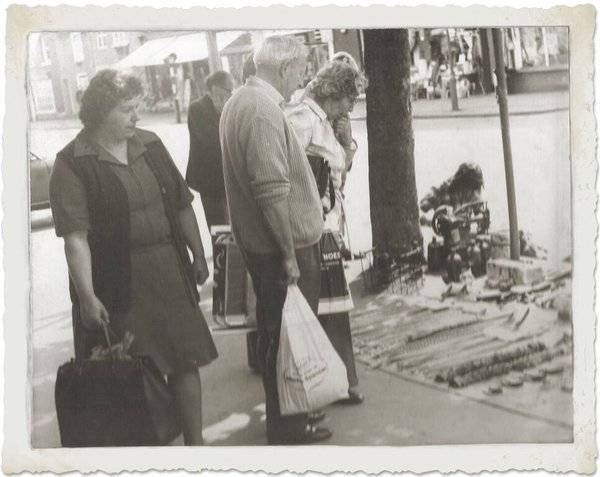
So particular favourite destinations would be music festivals and sporting events, with Football Matches and National Cycle Races being specific favourites.
Saving every penny, he eventually bought a van, he fitted out the back with basic living accommodation and places for his leather and tools, and he went "On The Road".
Sometime during the summer of 1966, Uncle Steve had set-up his street stall just down the road from the Wembley Stadium. The world cup was in England, and he was taking advantage of the huge crowds it was gathering.
During this time at the front of his street-workshop, was a selection of some of the things he’d made, belts, hair-clips, bracelets, purses and a number of different bag styles, in particular there was a small leather school satchel, of a style that he’d first made a several months earlier because a local customer had asked him to make one for her daughter.

A headmaster from a London school was on the way to the football match and was curious as to what the small crowd of people was looking at. He glanced at the stall and spied the satchel. Picking it up, he exclaimed, “Young man, this is just what I have been looking for!” He then asked, “Would you be able to make approximately two hundred?” Apparently, the school he ran was having trouble finding a quality maker for them at the right price!
“Erm…”, Uncle Steve swallowed, he knew he was just one man, but the headmaster didn’t, so he answered “Sure, two-hundred, not a problem. I could do that, when do you need them?” His head was spinning from trying to work out how he was going to make so many satchels!
The resulting conversation led to a dialogue that lasted a couple of months. He acquired a letter of intent from the school, and after realising that there was an excellent business to be made making satchels, he also managed to pitch a number of other schools and established the same offering with them.
He was able to put together a business plan. He went to the bank, and with the guaranteed orders from the letters of intent, he obtained a commercial loan which would allow him to afford to establish the business, obtain a professional workshop, and purchase enough leather to complete his first batch of satchels.
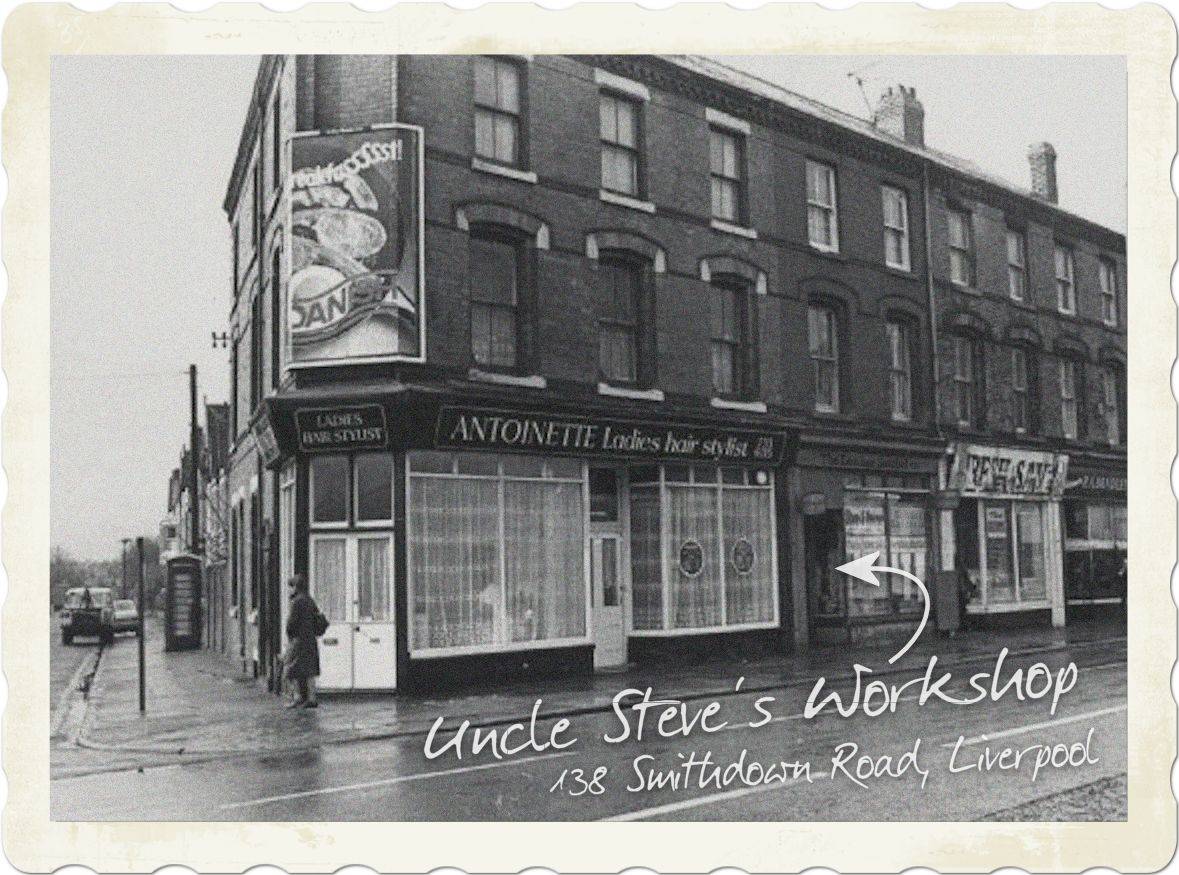
Shortly afterwards, the two younger brothers got involved in the family business, Barry and Paul, and they established the business on Smithdown Road in Liverpool.
At the time, Smithdown was an artisan quarter of Liverpool, having many tailors, dress-makers, artists, stylists, galleries and craftsmen.
The building had three floors and a basement, it wasn’t the ideal layout for a workshop, but it was cheap and a vast improvement from using Pop’s yard and outhouse. One thing it did have was a cute little shop window that allowed us to exhibit all the different types of satchels, bags and accessories that we made.
Our primary business was satchels and music cases, but we did make other things for people upon request, the most popular items where custom belts and instrument straps.
Our family business was doing very well, that is to say until the late 1970s and early 1980s, when this happened…
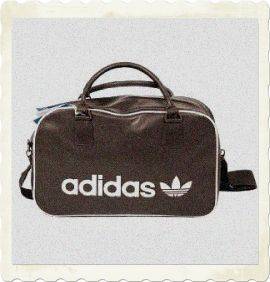
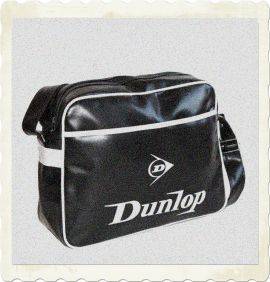
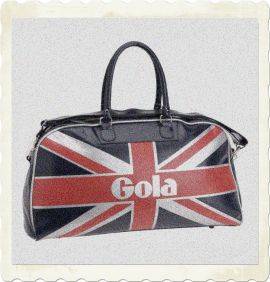
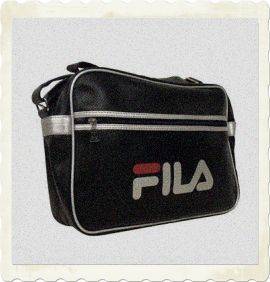
Asian manufacturers' opened their doors to the world. They knew how to make just a handful of western bag styles and produced them in every colour, and silk-screened on sports brand logos or British flags as demand required.
The big sports brands where now mass importing cheap plastic bags, branded with their logo and they were arriving into the UK by the boatload. In the past, quality leather tennis or sports, bags cost several hundred pounds, and now these cheap look-a-like items were priced at around £40.
This cheap price gave the opportunity for school kids to be able to use them as a school bag – instead of a traditional hand-made leather satchel. The market in satchels almost entirely died for us.
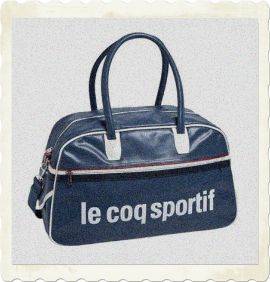
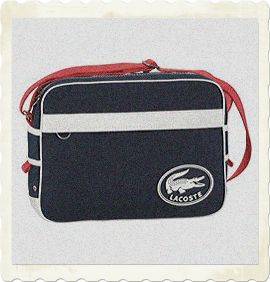
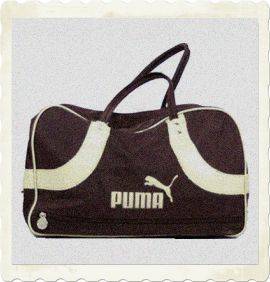
Over the next few decades, UK Manufacturing was torn apart across all industries, and manufacturing capabilities where exported.
Tools and machinery from factories were dismantled and shipped abroad and the jobs that they supported no longer existed. During this phase, the UK didn’t just lose a chunk of its economy to overseas companies, but a great deal of unique skills were lost because they weren’t passed onto the next generation of trades-people.
The market became very aggressive, and family businesses couldn’t reduce staff numbers or try and get things cheaply made elsewhere because most of their team were family. As a result, many companies like ours ceased trading or went bankrupt.
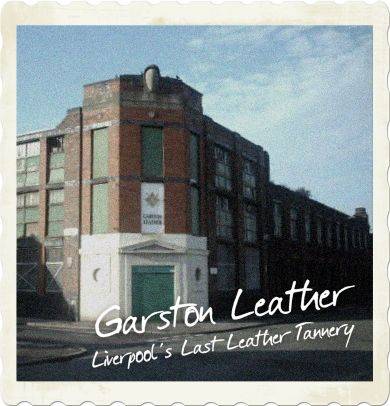
Fortunately, over the decades, the three brothers, Steve, Barry and Paul Hanshaw, had developed themselves into a small team of craftsman and they had been invited to join the British Guild of Master Craftsmen. They were capable of making almost anything from leather and carried on the tradition of training other people in the team to the same standard.
Hanshaws' diversified into making all kinds of leather items, not only focusing on products that suited their skill-set of working with heavy, equestrian style leathers with raw edges and exposed stitching but also working with thinner, fashion leathers, heavy fabrics and other materials.
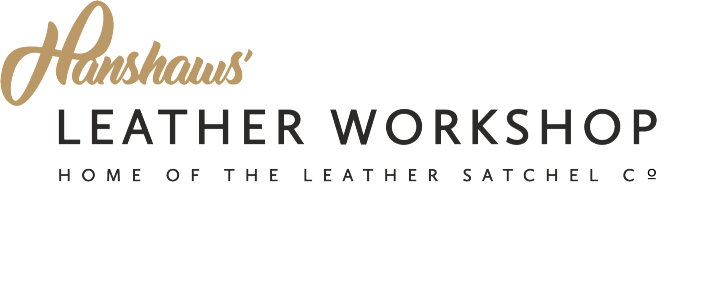
The family pulled together and survived the slow dismantling of the UK’s manufacturing industry.
During the 1990s; The Leather Satchel Co. was the only surviving English maker of the Classic Leather Satchel and Music Case.
Now, although we where the last surviving maker in England (many people call us the original), you’ll find that there exist dozens of satchel companies in the UK nowadays, that mimic our style of leather-work. We even helped some of those companies get started in their early days by providing them with design samples and prototypes.
That’s the reason why other companies have satchel and bag designs that are very similar to our own. The likelihood is that you may have probably heard of some of them because a couple of them are much bigger than us now!
Everyone knows; bigger does not mean better - slow-growth builds strength.
As the years passed, our team grew and eventually, the next generation of Hanshaws started working in the family business.
The first was, Keith Hanshaw, he is the eldest of the next generation of Hanshaws, an artist and tech enthusiast. Later on, his younger cousin, Chris Hanshaw began working in the company, then followed by numerous other members of the family. As the business grew, the family understood the workshop on Smithdown Road wasn’t very suitable for them, but they had never got around to moving premises.
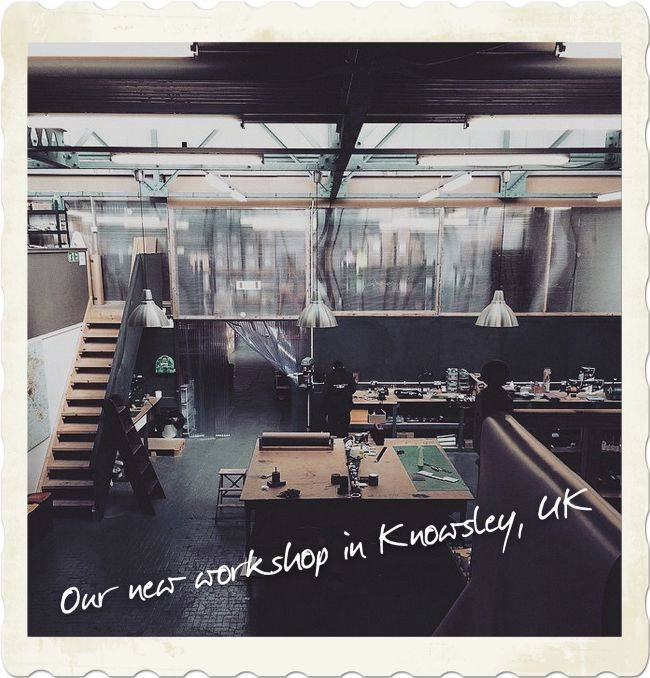
The end of the millennium brought the closure of our local tannery, Garston Leather. There was no longer any reasonable argument for staying in Smithdown Road. Chris Hanshaw played a pivotal role in persuading the family to eventually move to a new industrial unit based in Knowsley, just on the outskirts of Liverpool. This unit was a single floor and was a lot more practical than the Smithdown workshop, and the family has never looked back – the move was one of the best business decisions made.
Knowlsey is right in the heart of the UK’s manufacturing hub, referred to as the Northern Powerhouse, which is considered an amalgamation of the three northern cities of Liverpool-Manchester-Leeds. In Britain, financial deals are executed in the City of London; Education in Oxford and Cambridge; Whilst the highest density of manufacturing is carried out in the Northern Powerhouse.
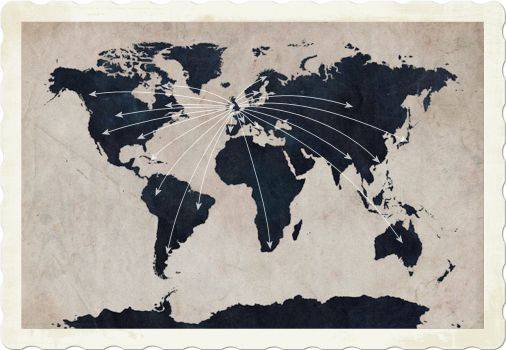
The new workshop brought new ambition. Previously we had never been too good at advertising or promoting ourselves, but we decided to see what could be achieved by levering the power of the internet. Keith Hanshaw was given the responsibility of being the creative director for this new marketing medium.
Within hours of the products being marketed online orders started flooding in, not just from the UK, but from all over the world. In next to no time we found ourselves exporting our bags and leather goods to almost every country we could dream about.
Keith Hanshaw is still in the business today and has diligently worked his way through the business, after starting as a general workshop helper at the age 14, and then doing an apprenticeship at 16 years old. He was then responsible for the creative direction of all the companies online activities. Eventually he became a joint director, alongside Barry Hanshaw (Uncle Steven’s younger brother) and then finally today, at 50-something, he has taken full directorship of The Leather Satchel Co.
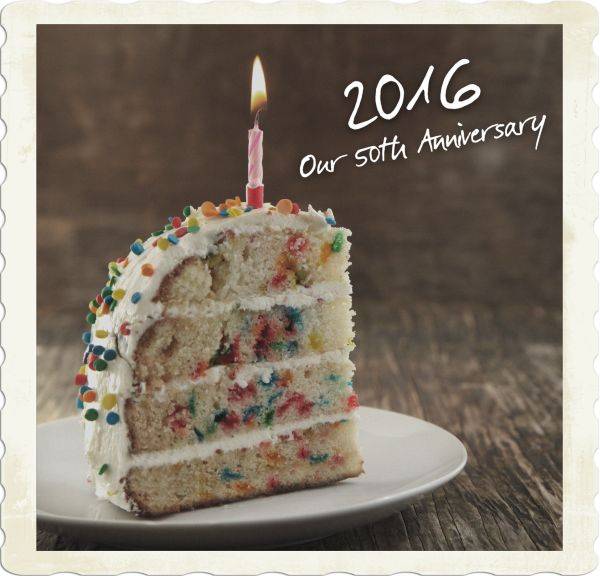
2016 saw the celebration of 50-years since Steven Hanshaw founded The Leather Satchel Co. During those 50-years we’ve worked with huge multi-nationals like Disney and legendary designers like Celia Birtwell, the queen of print (famous for her range of luxury wallpapers) and we've made bags for King, Prince and Princess.
For our 50-year birthday we threw a huge celebration party at Leaf, Bold Street, Liverpool and invited all our team and favourite customs and 100s of clients who lived locally. We had a live band and the event was deemed to be a really special moment by all that attended.
We are really excited to see what the next 50-years has instore for us!
One of the secrets of our family business' resilience is that we fully understand how important it is to excel at satisfying our customers needs.
We understand how easy it is for us to talk about how great our brand is, but it's very difficult for you to accurately measure the truth of any statement we make about ourselves regarding the quality and the satisfaction that our brand offers.
The final judgement rests solely on your opinion.
Trust Pilot is the UK’s biggest independent review website. It provides consumers with an independent forum to voice their views about a company without editorial from the brand or product owners. Since its formation, consumers of our bags have been leaving independent reviews of our brand and products on the Trust Pilot site.
We really hope you enjoyed reading about our history. If you have any questions or would like more details then just contact us one of our team will be more than happy to help you.